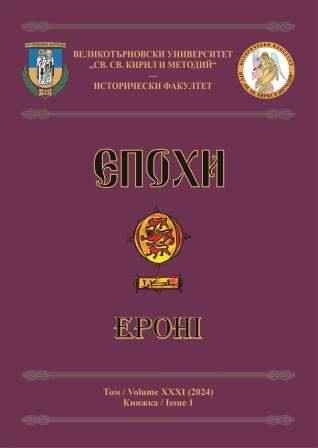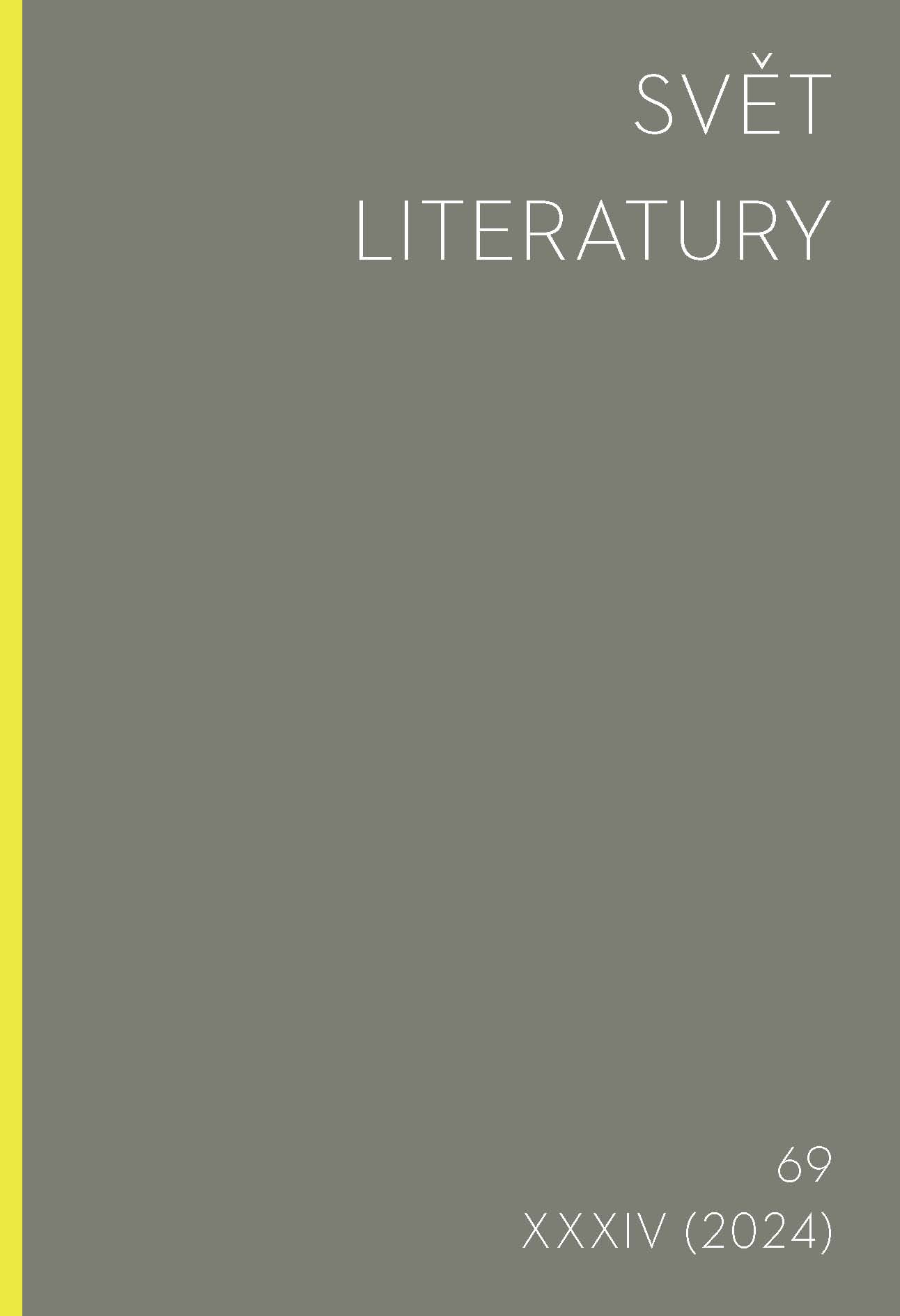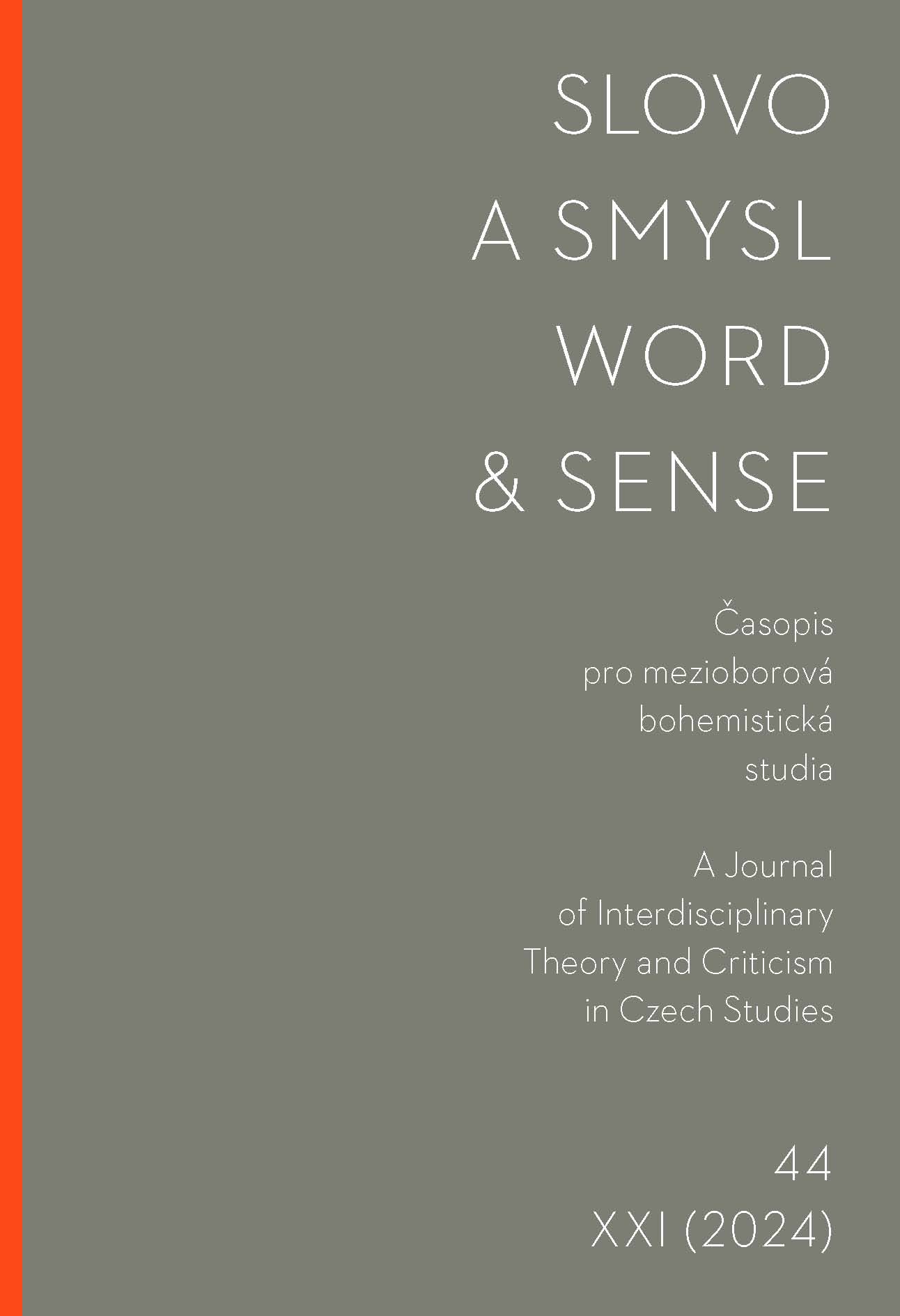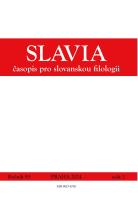Author(s): Olga Yakovlieva,Yulia Maslova,Viktoriia Ulianova / Language(s): Ukrainian
Issue: 1/2024
The article analyses the symbolic meanings of lexemes denoting animate and inanimate objects and describing specific actions in the context of the Ukrainian childbirth rites, which once again testifies to the identical features in the linguistic picture of the world of different ethnic groups, primarily Slavs. The commonality of symbolic meanings among Slavic peoples is due to the history and development of consciousness. Ritual texts have their code - a system of syncretic symbols, traditionally called verbal, object, and action symbols. The meaning of such symbols has either changed over time or has been forgotten. Thus, given the process of globalization and the fact that the original ritual syncretism in the spiritual culture of each nation is lost over time, a thorough analysis of the symbolic meanings in the context of the most secret rite of childbirth among the Ukrainians is relevant and timely. The object of our attention is the symbolic meanings of objects, actions, plants, etc., expressed by language in the context of peoples' rituals. The subject is the peculiarities of symbolic meanings, including the transformation of such meanings in certain Ukrainian lexemes of ritual texts and songs. The universal symbolic meanings of most peoples of the world are the meanings of lexemes naming the elements of fire and water. In the childbirth ritual, the mother and child need protection, and a third person, the midwife, needs purification. The protective power of fire was represented by various red objects: thread, rope, ribbon, etc. As a result of the metonymic transfer, metal objects that passed through the fire acquired a symbolic meaning in the context of the rite: a knife, a needle, an awl, scissors, etc. The blacksmith's actions also took on a symbolic meaning. The fire was kept in a furnace, so the furnace itself became a multiple symbol. The addition of grain, bread, flowers, etc transforms the symbolic meaning of water. Various plants, fabrics, and clothes as object symbols are also widely used in the birth ritual. The name of the bird - the stork - has a symbolic meaning.
More...







